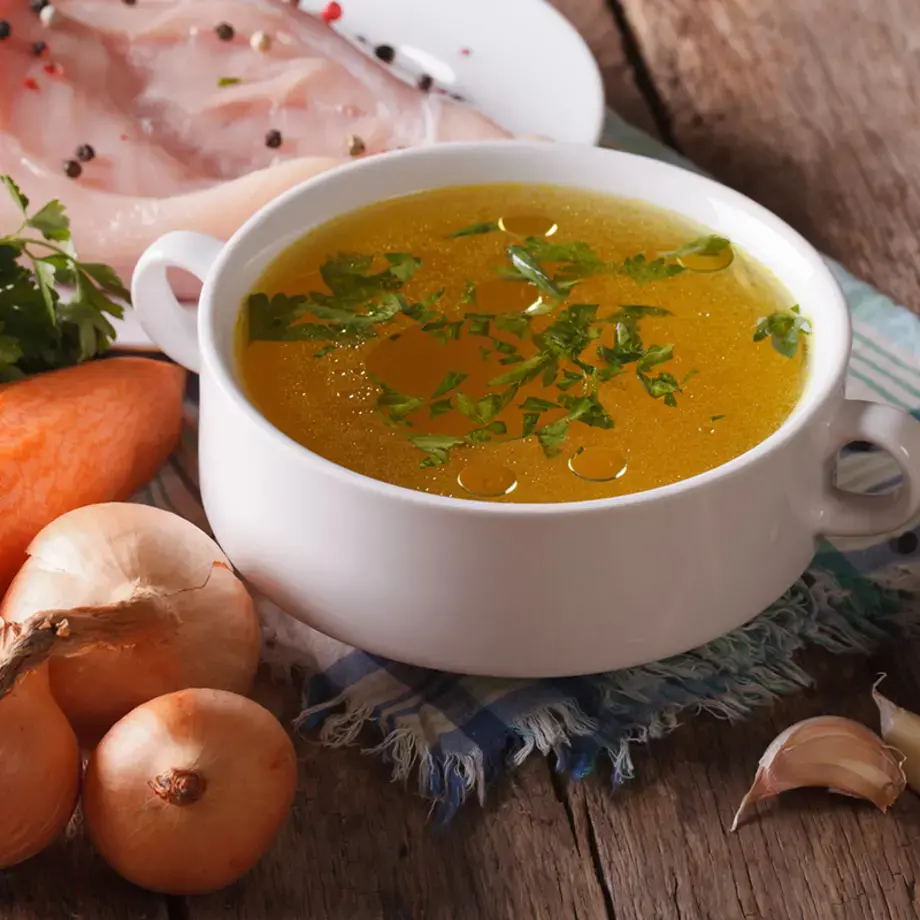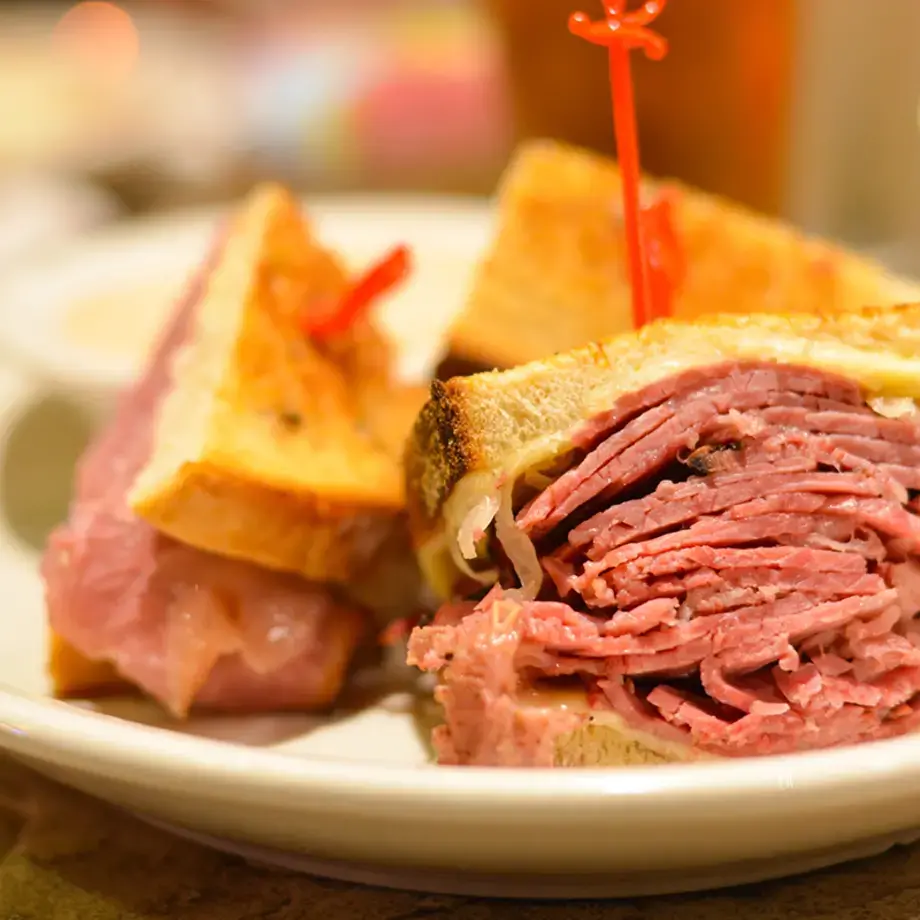Aside from vegan and vegetarians who doesn’t love meatballs? Meat in ball form can be found, with wild variation, around the globe. With any luck, I’ll live long enough to eat my way through the list, and an enticing list it is. But let’s get things straight. There is one meatball variant, likely the one that Anglophone readers will first have leap into their collective minds, that is inauthentic, and we’re here to set the record straight. Italians do not eat meatballs with spaghetti. Ever. That’s an Italian-American invention. I happen to love it, but in our efforts at authenticity, it must be shunned. That said, it’s what I immediately craved when researching for this article. In the end, anything goes, but let’s take a look at the original recipes of meat in ball form from around the globe.
At its most basic, meatballs consist of ground meat (one or more varieties) rolled into a ball or oblong shape, and bound together with a little egg, milk and perhaps breadcrumbs, and with some herbs and spices added to the mix. They are then sautéed, fried or baked and, voila. So let’s take a trip around the world in…meatballs, with 7 types of meatballs.
Italian Meatballs


















